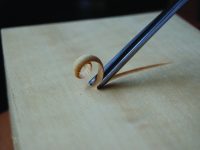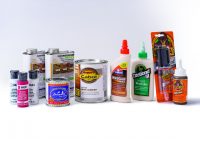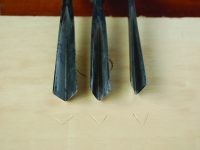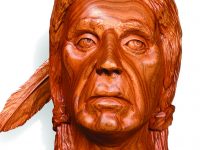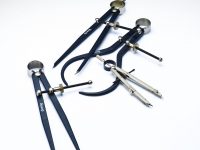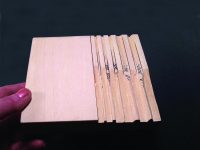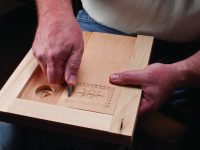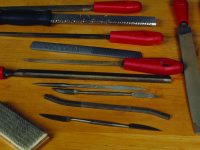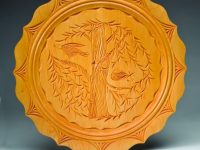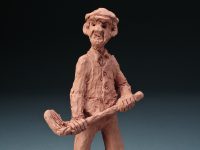Tuning Your Tools
The basics of getting your tools into the best condition for carving and keeping them there by Chris Pye This article was first published in issue 37 of Woodworking Illustrated. Most carving tools that you buy today come “ready-sharpened,” and it comes as a surprise to students in my courses that the […]


